
Cloud computing has been around for quite some time now, yet its real power to transform enterprise IT has yet not been fully unleashed. COVID crisis has been a serious reminder to design IT systems in a way that allows for agility, resilience, and efficiency amid disruption and fast reformation of organizational boundaries.
In many ways the COVID crisis has been the first real test to gauge the strengths of the enterprise IT. The external VUCA environment has been demanding an IT platform that supports businesses to innovate amid disruption, the progress on which has been rather gradual. COVID has certainly changed the pace.
Recently, Yotta conducted a research on the current state and future roadmap for cloud adoption, as enterprises in India finalize their business plans for 2021 that hopefully will see the world coming out of the pandemic and kicking in a new and long-awaited growth cycle.
The research survey among 96 CIOs and IT Heads of large and mid-sized enterprises across multiple industries brings interesting insights on the India Enterprise Cloud Adoption. Seven key insights from the research are given below:
- Cloud is mainstream today, catalyzed in a big way by COVID as 77% of the enterprises plan to implement their enterprise cloud strategy over the next 12 to 18 months
- 63% of the Indian enterprise see cloud as the key mode of infrastructure hosting in 2022 as compared to 37% in 2020
- Coeus Age estimates the India cloud spending to grow at 15 to 17% in 2021, twice the rate of 7 to 9% at which the overall IT spending by enterprises is estimated to grow
- Contrary to the popular belief that cloud is preferred because of cost reasons, enterprises clearly state 'elasticity, speed and latest technology availability' as their top three reasons
- 40% of the enterprises are currently using or planning to use public cloud, yet hybrid cloud will be an emerging reality
- Cloud managed services, the end-to-end orchestration and management, and dashboards, spanning across public and private clouds, is envisaged as a core need by 77% of the enterprises
- 64% of the enterprises are concerned with security of data, identity and access management, and handling of emerging threats
Let us look at the findings of the research in detail.
82% Indian Enterprise Now have a Strong Cloud Strategy
Indian enterprises are ready with their cloud plans. Many of them, 1 out of every 2 enterprises, had a cloud strategy even before the COVID19 pandemic, a clear indication that enterprises have been trying to become agile, dynamic, responsive, and resilient for some time now to cope with the VUCA environment they have been dealing with.
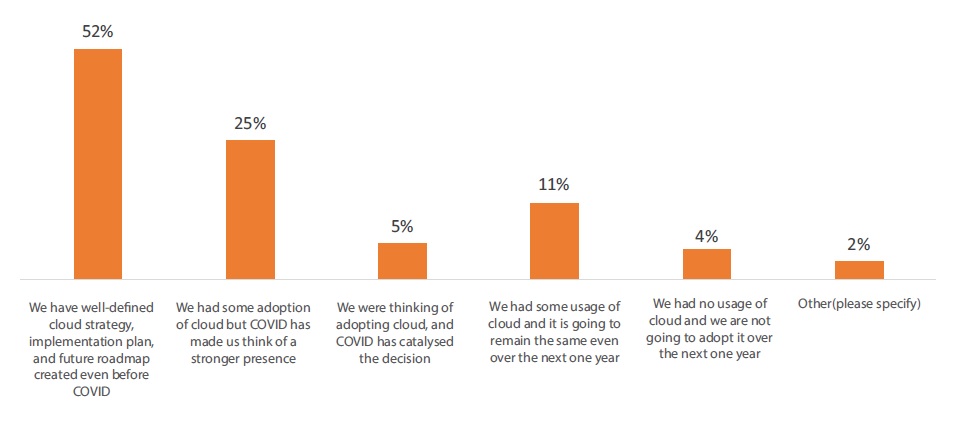
Figure 1: 82% Indian Enterprise Now have a Strong Cloud Strategy
COVID pandemic was the first real test of their cloud preparedness and strengthened their resolve to implement their cloud strategy. In fact, for 30% of them, COVID has been a real trigger to think seriously of a cloud strategy. Overall, 82% the Indian enterprises are today serious about defining their cloud strategy and putting it on the ground (Figure 1).
'Infrastructure in Cloud' to get a Major Adoption
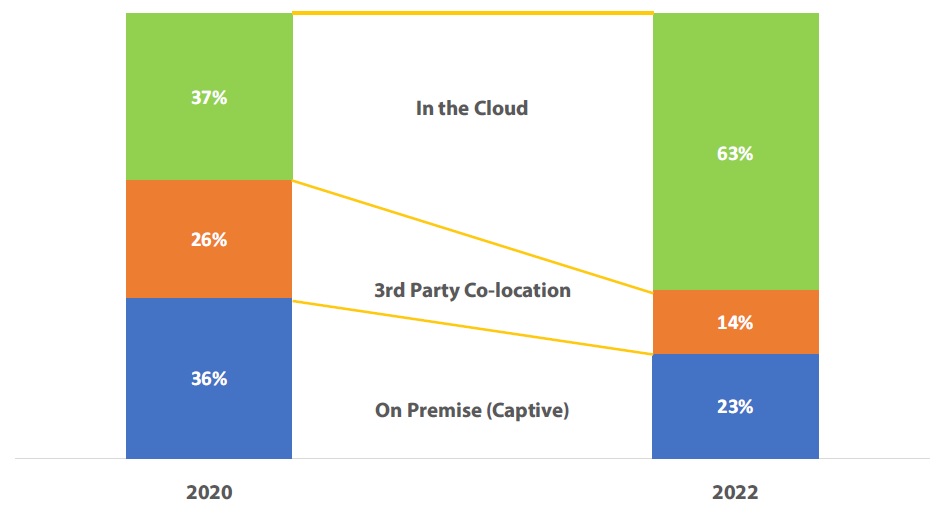
Figure 2: 'Infrastructure in Cloud' to get a Major Adoption
When it comes to the mode of infrastructure hosting or usage, the shift is clear. 63% of the enterprises in 2022, as compared to 37% in 2020 plan to make cloud as the primary mode of infrastructure availability (Figure 2). This happens at the expense of 3rd party co-location and on premise or captive availability. The data further strengthens the imminent drive for cloudification of enterprise IT for building agility and resilience.
Cloud Spend to Grow Twice as Fast as the Overall IT Spend
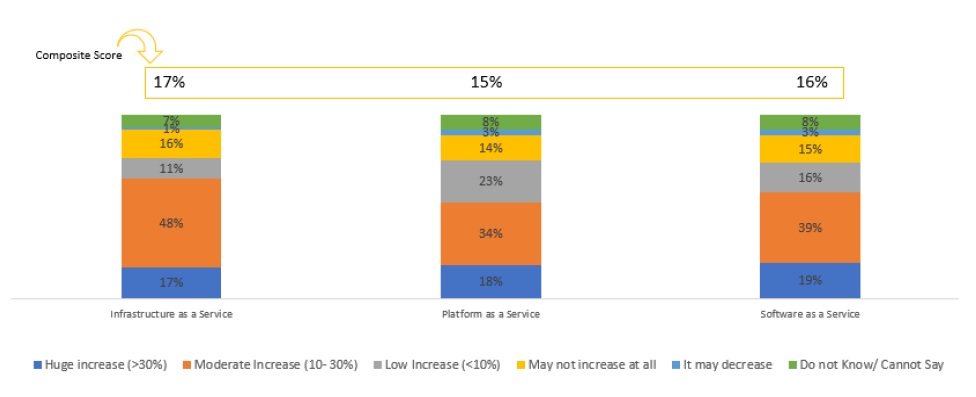
Figure 3: Cloud Spend to Grow Twice as Fast as the Overall IT Spend
In the next 12 to 24 months, we expect a higher cloudification of the enterprise IT environment, moving away from simple and peripheral flirting to a serious build up and convergence with in-premise presence (Figure 3). Undoubtedly, a lot of focus is going to be on:
- Integrating different pieces together,
- Unifying them seamlessly,
- Orchestrating them for agility and resilience,
- Managing them efficiently and effectively with consolidated dashboards, and
- Securing them holistically
Public Cloud Preferred, Hybrid Cloud Envisaged as More Likely
The research survey also delved deeper into the type of cloud preferred – private, public or a mix as the primary mode. Across infrastructure, software, and platform, a clear shift is happening towards public cloud (Figure 4). The point to note is that the primary cloud preference is being captured here; the research survey envisages a situation where a hybrid environment, multiple types co-existing, is a more likely scenario.
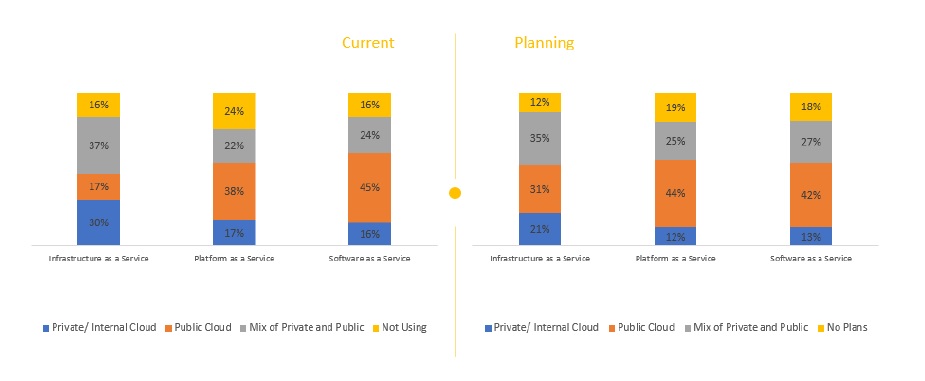
Figure 4: Public Cloud Preferred, Hybrid Cloud Envisaged as More Likely
Quite often CIOs and IT Heads mention that more and more workloads are being planned to be migrated to public cloud. What was once limited to only simple and mission support applications, now is gradually extended to include even mission critical enterprise applications.
Workloads on Cloud – A Matrix View
The research survey mapped the various workloads on a matrix of CURRENTLY USING and PLANNING TO USE, that gives interesting insights. While security and storage are domains that are high on both USING and PLANNING, DeepTech, Testing/ QA tools, and Dev and Dep tools are low on USING but high on PLANNING (Figure 5).
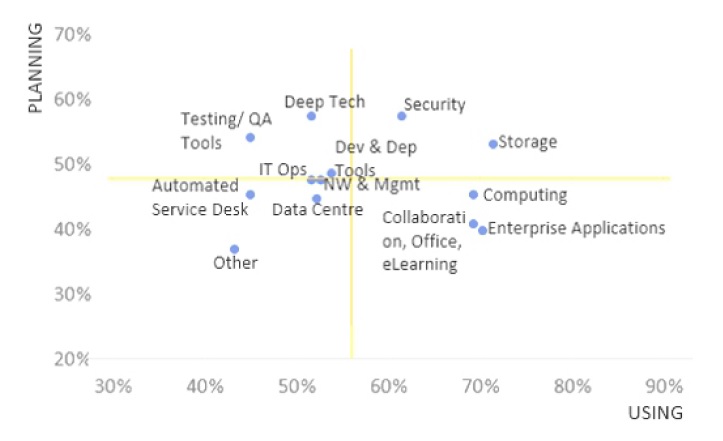
Figure 5: Workloads on Cloud – A Matrix View
Adopting Cloud – It is No More About Cost
Looking at the drivers behind cloud adoption, the story of business agility, responsiveness, and resilience gets further strengthened. Contrary to the popular belief that cloud is preferred because of cost reasons, enterprises clearly state 'elasticity, speed and latest technology' as their top three reasons. Cost factors such as OPEX instead of CAPEX, or savings on hardware, software and services come a distant second (Figure 6).
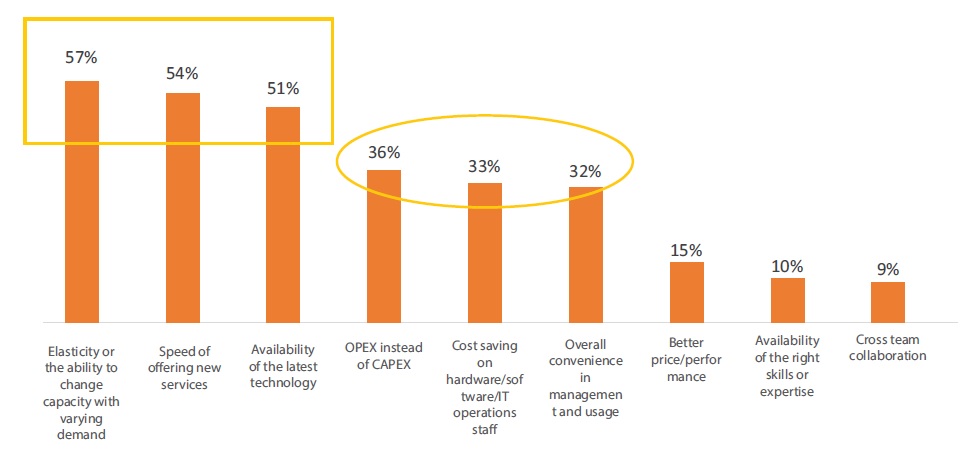
Figure 6: Adopting Cloud – It is No More About Cost
This shows the maturity in thinking around cloud, where it is not seen just another option for peripheral usage but a serious option that is going to redefine their IT environment in a big way.
Agility and resilience are real needs, and they cannot be achieved with the traditional models of IT usage.
Cloud computing is certainly emerging as integral part of the IT environment in enterprises. The current usage is more on point solutions on a 'as needed' basis. However, moving forward, we expect a more holistic approach to take workloads onto the cloud.
End to End Cloud Managed Services will be Strongly Needed
A hybrid IT environment also demands capability to manage the system that transcends the traditional notions of organizational boundaries. Along with security, E2E orchestration of resources and management of services become critical imperatives.
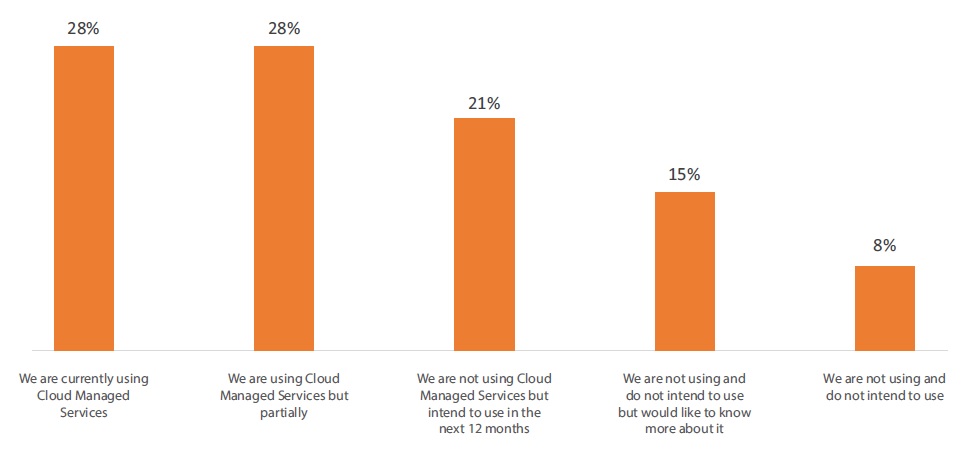
Figure 7: End to End Cloud Managed Services will be Strongly Needed
Seeking the help of a third party to do that is an option and it is indeed used and planned by 77% of the enterprises, completely or partially (Figure 7).

 In
In
Add new comment